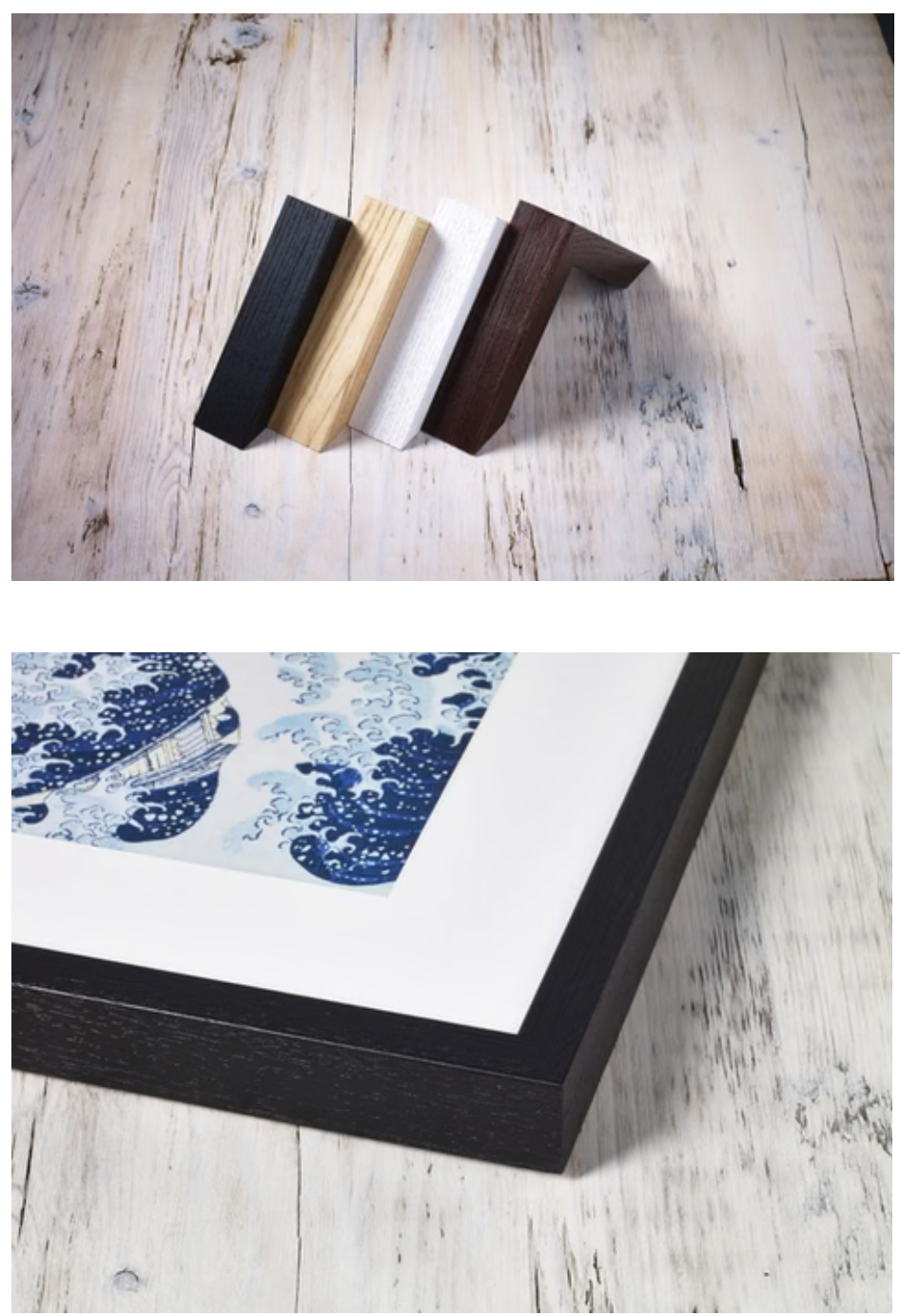Your Cart is Empty
Framed Spliff Skeleton Skull Smoking Cannabis Weed 420, Pot, Herb, Ganja, Marijuana, Stoner, Pothead Van Gogh Weed Framed Print
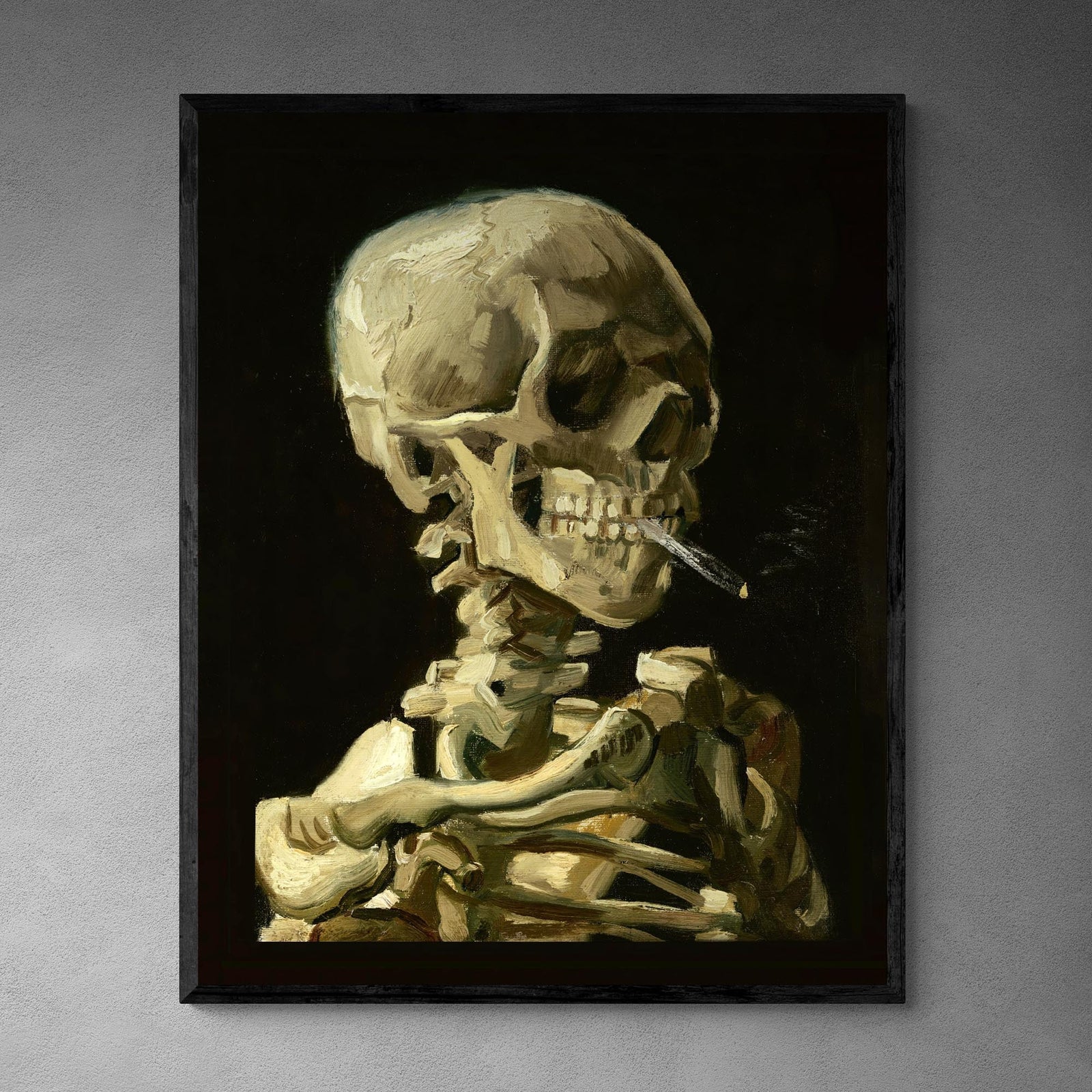
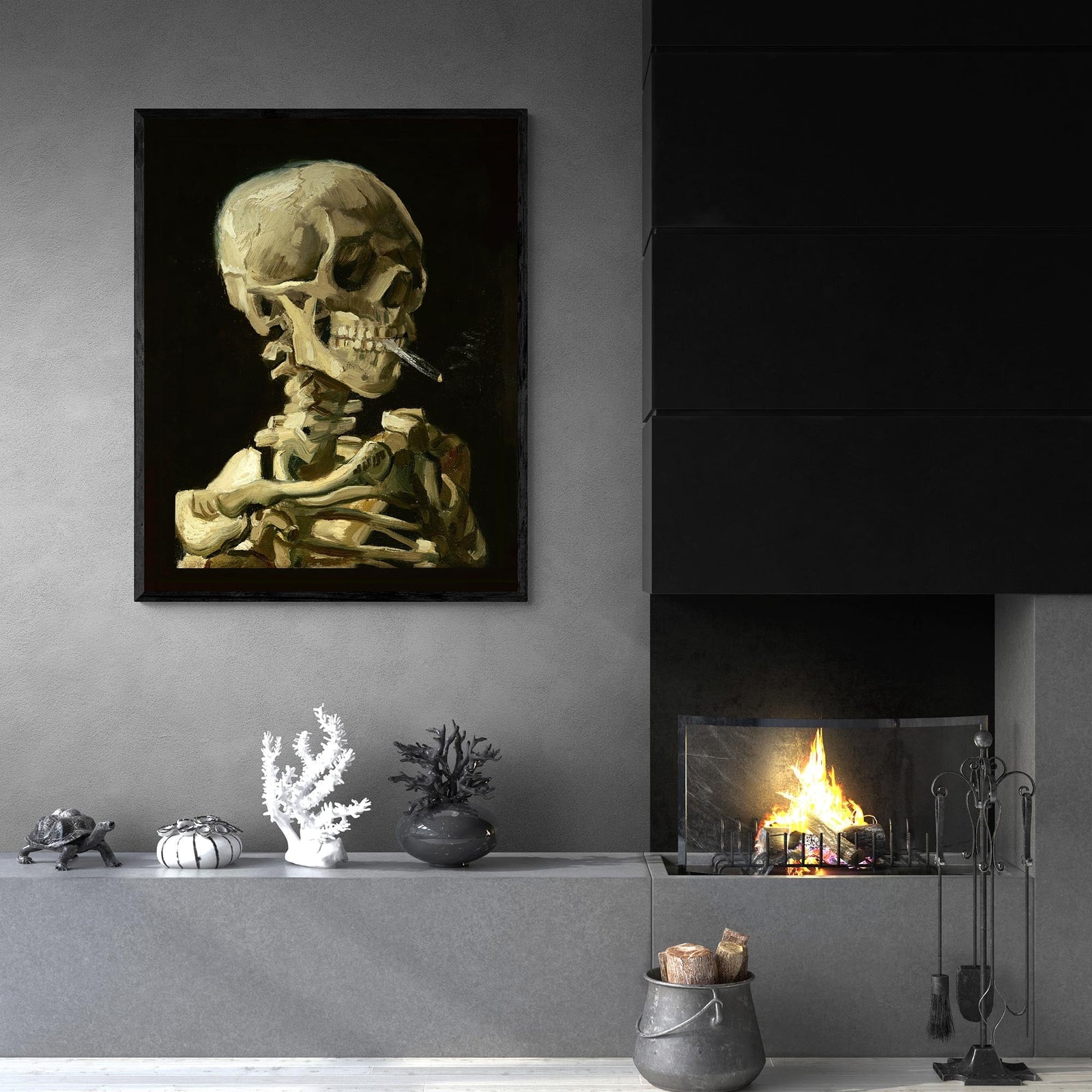
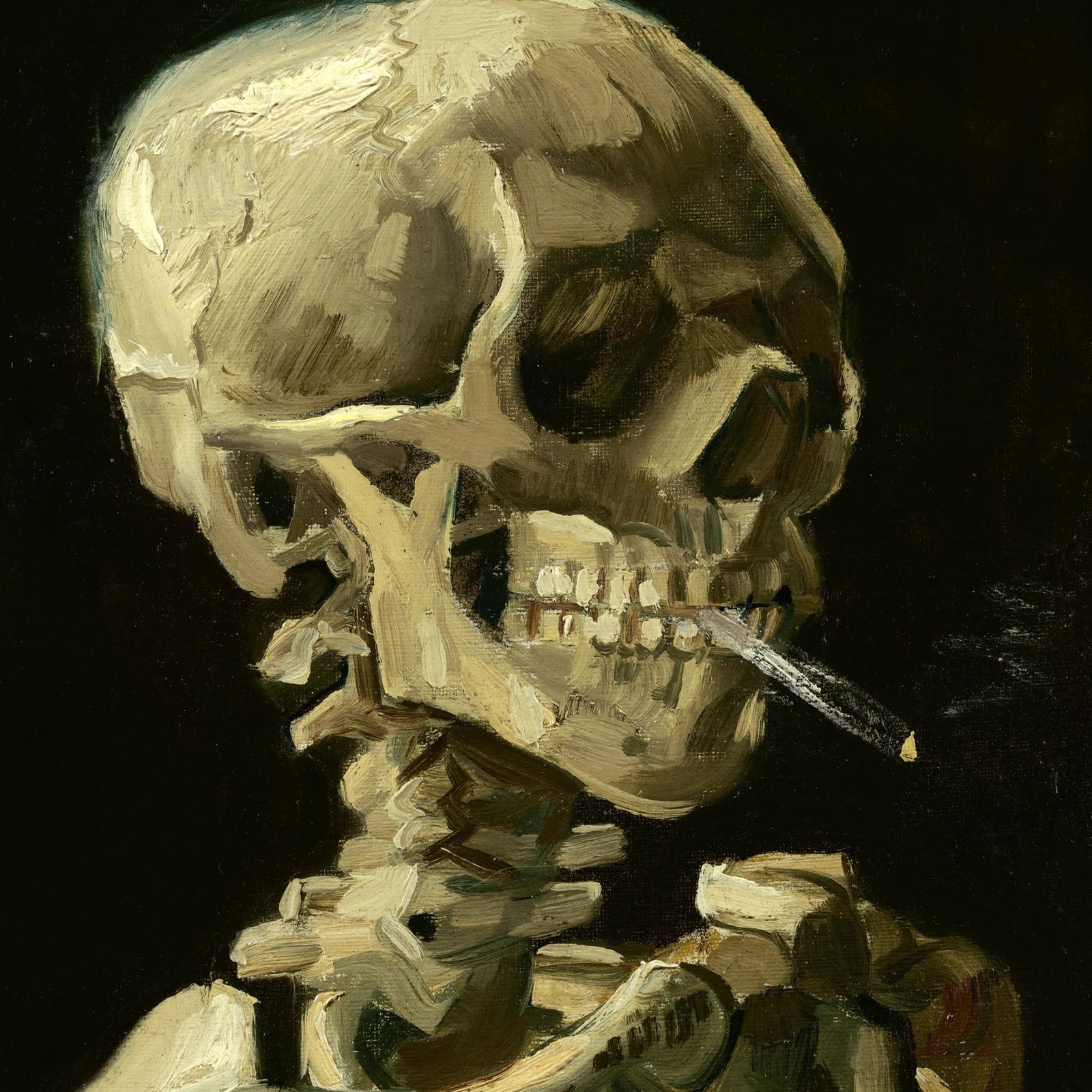
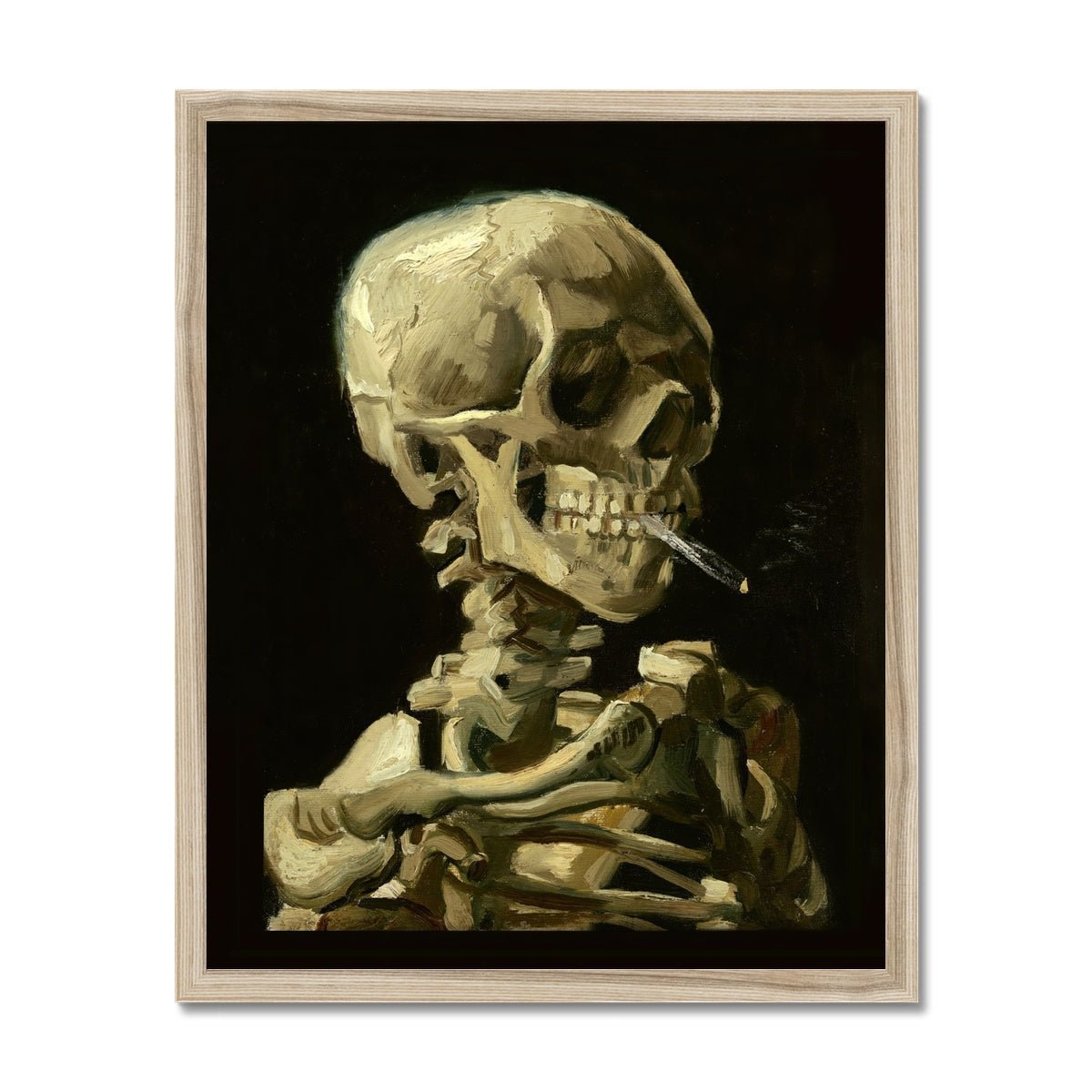
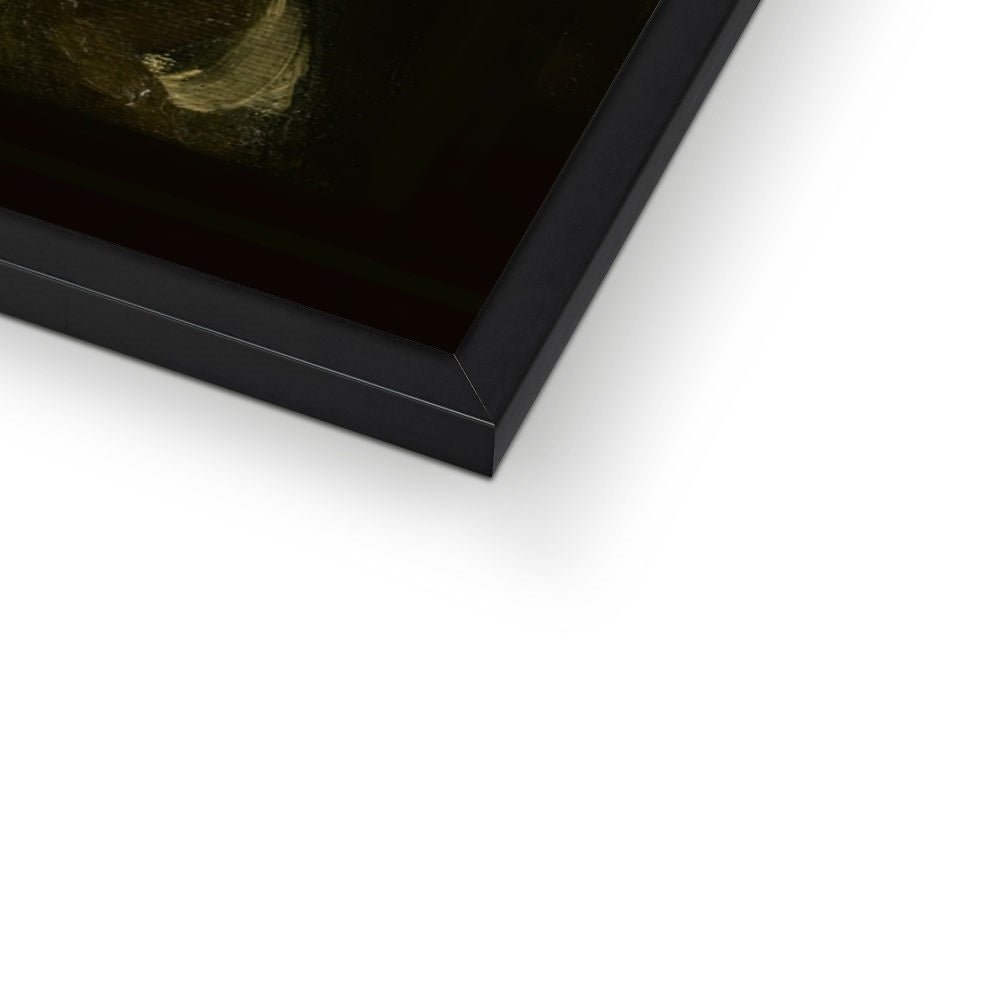
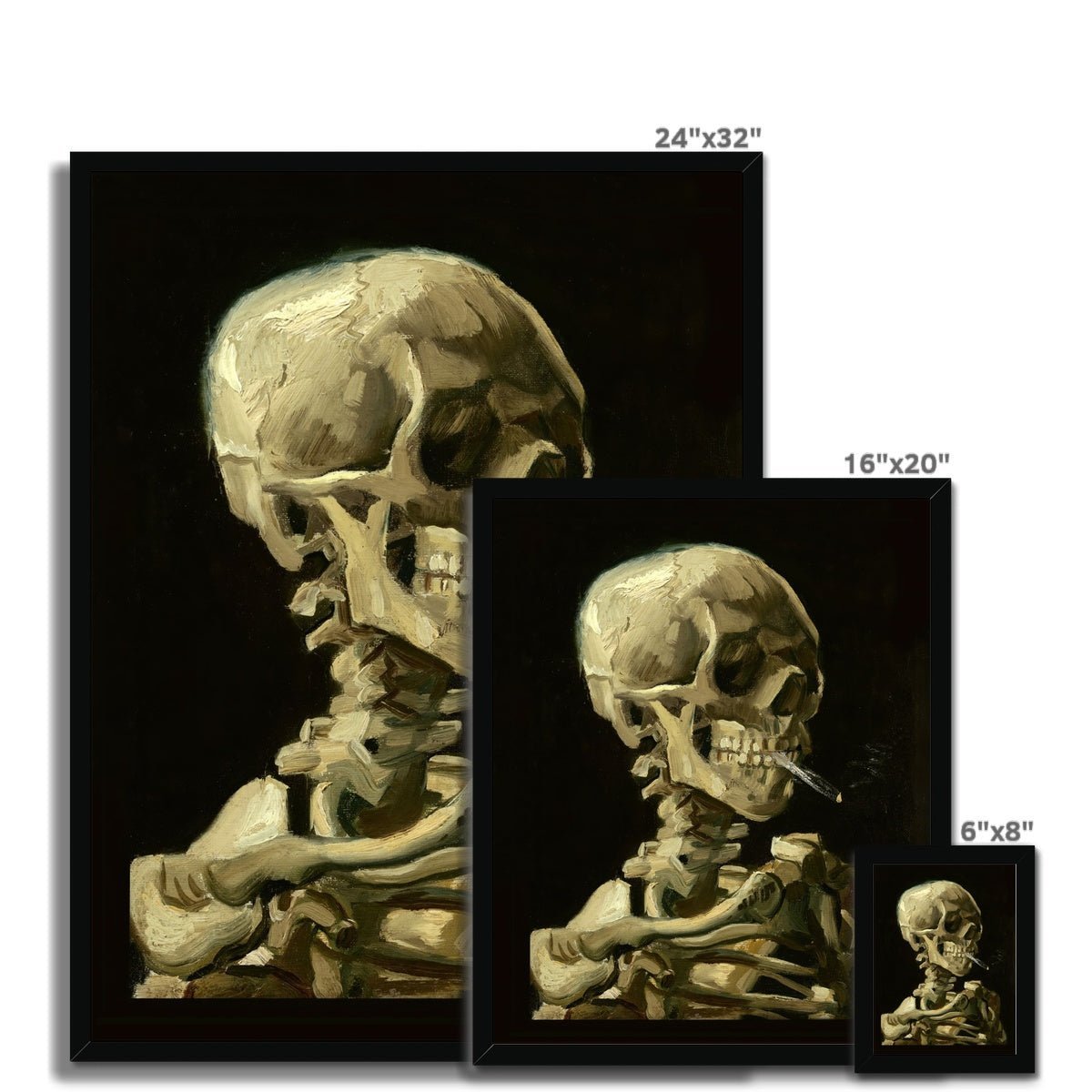
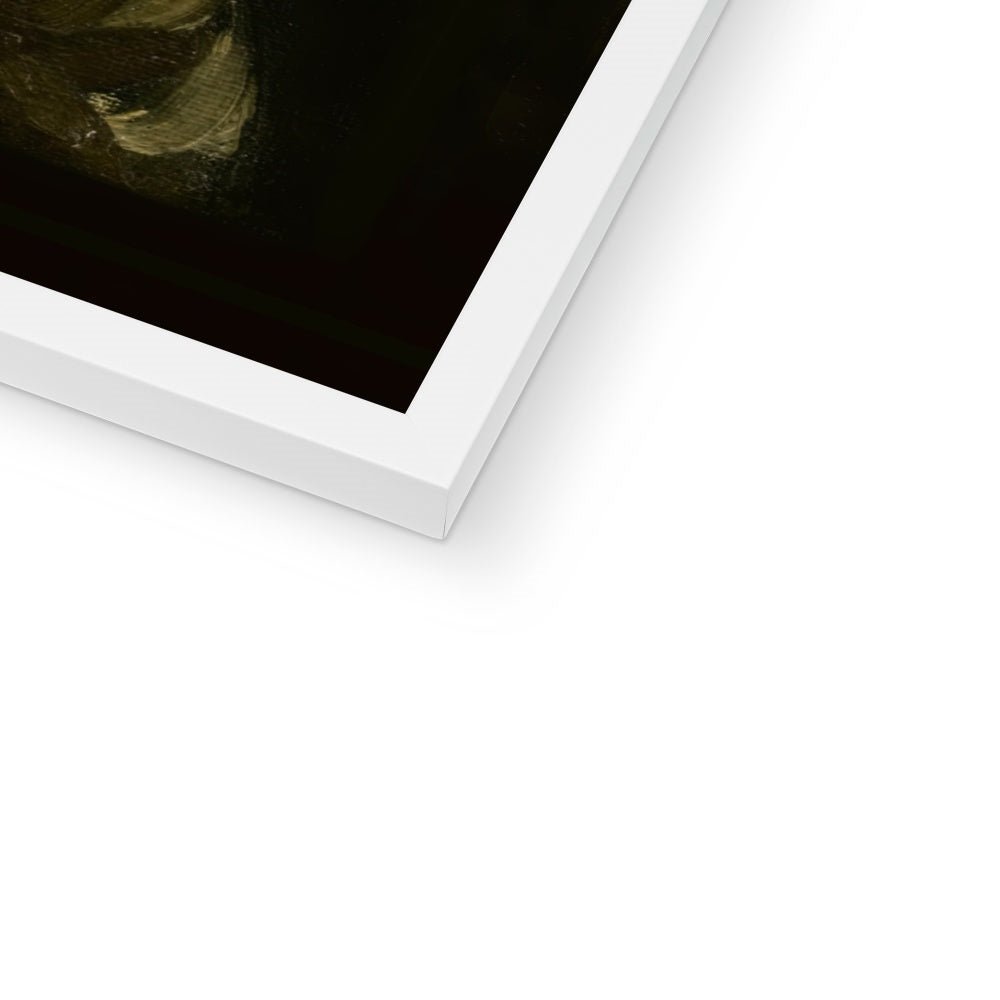
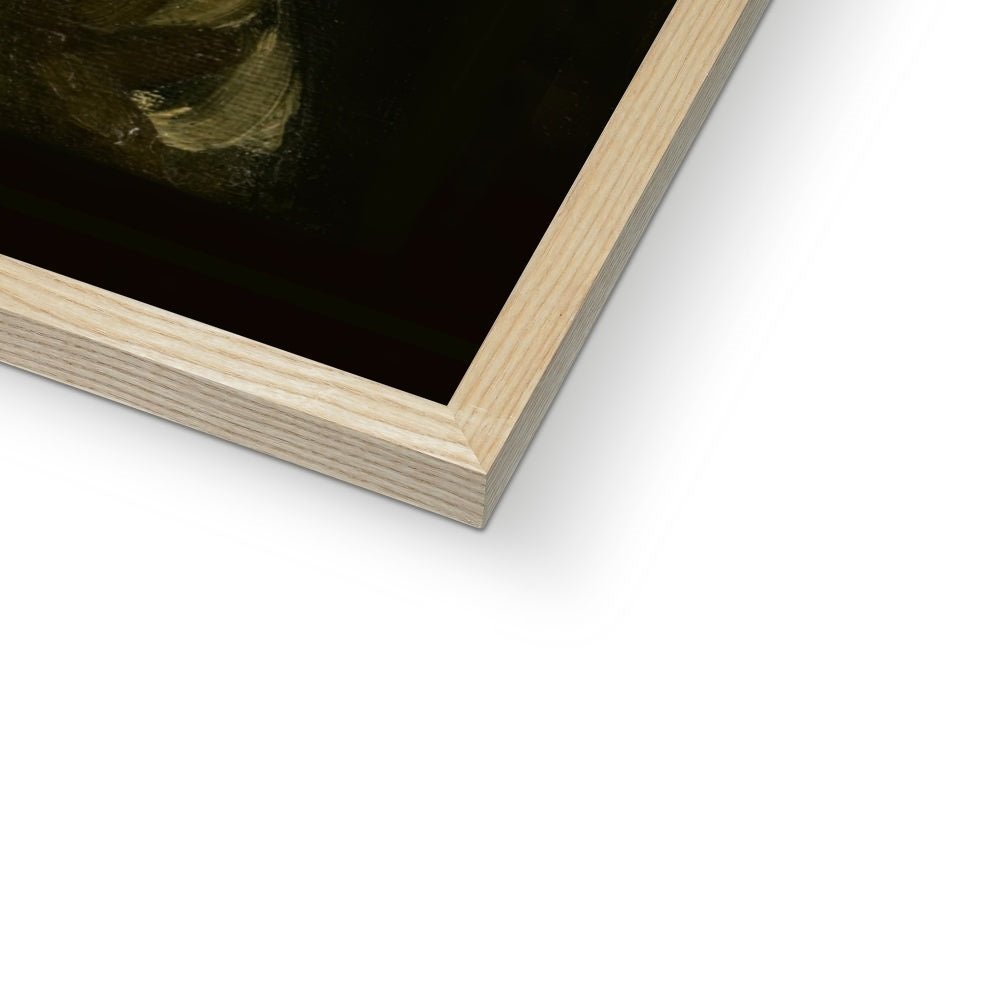
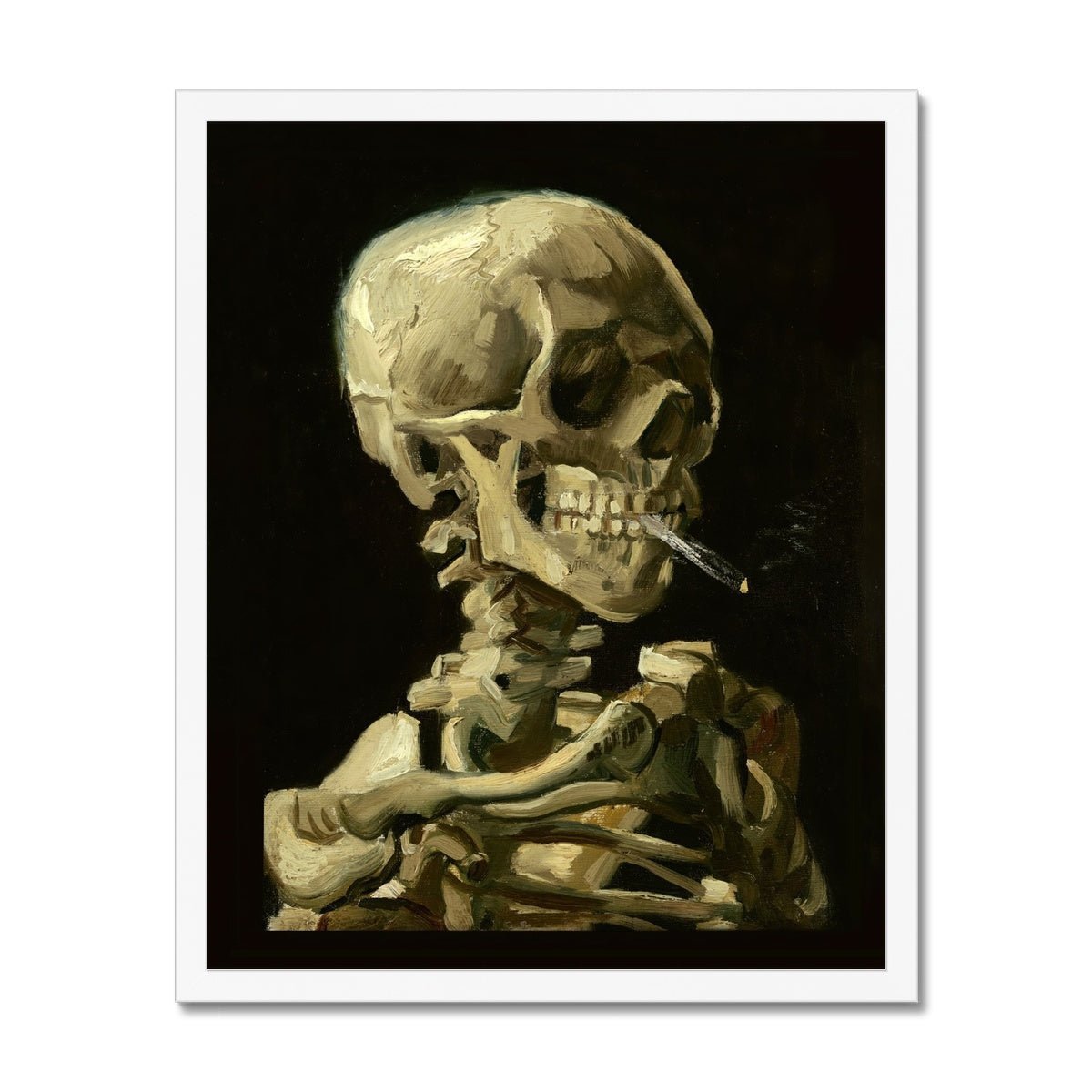
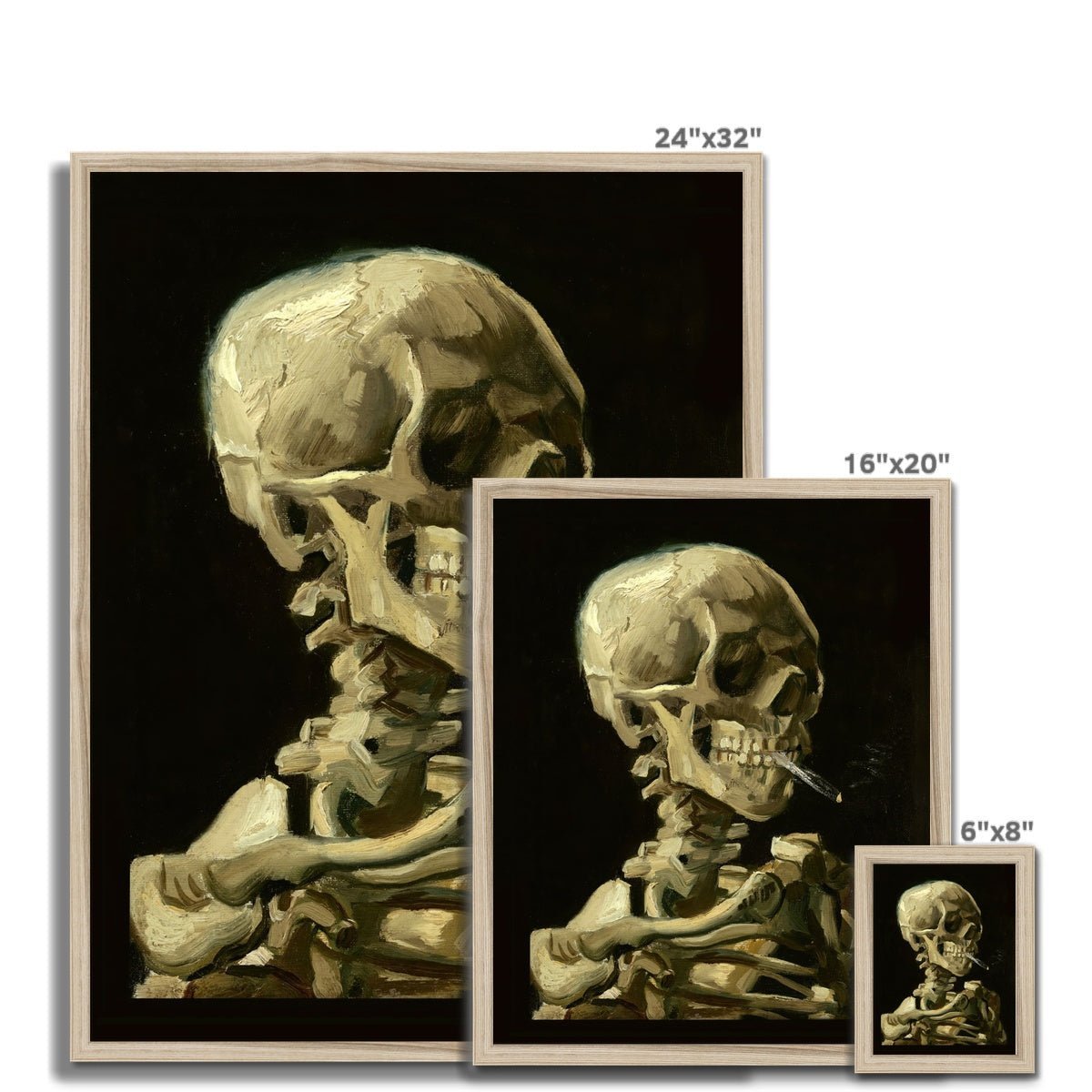
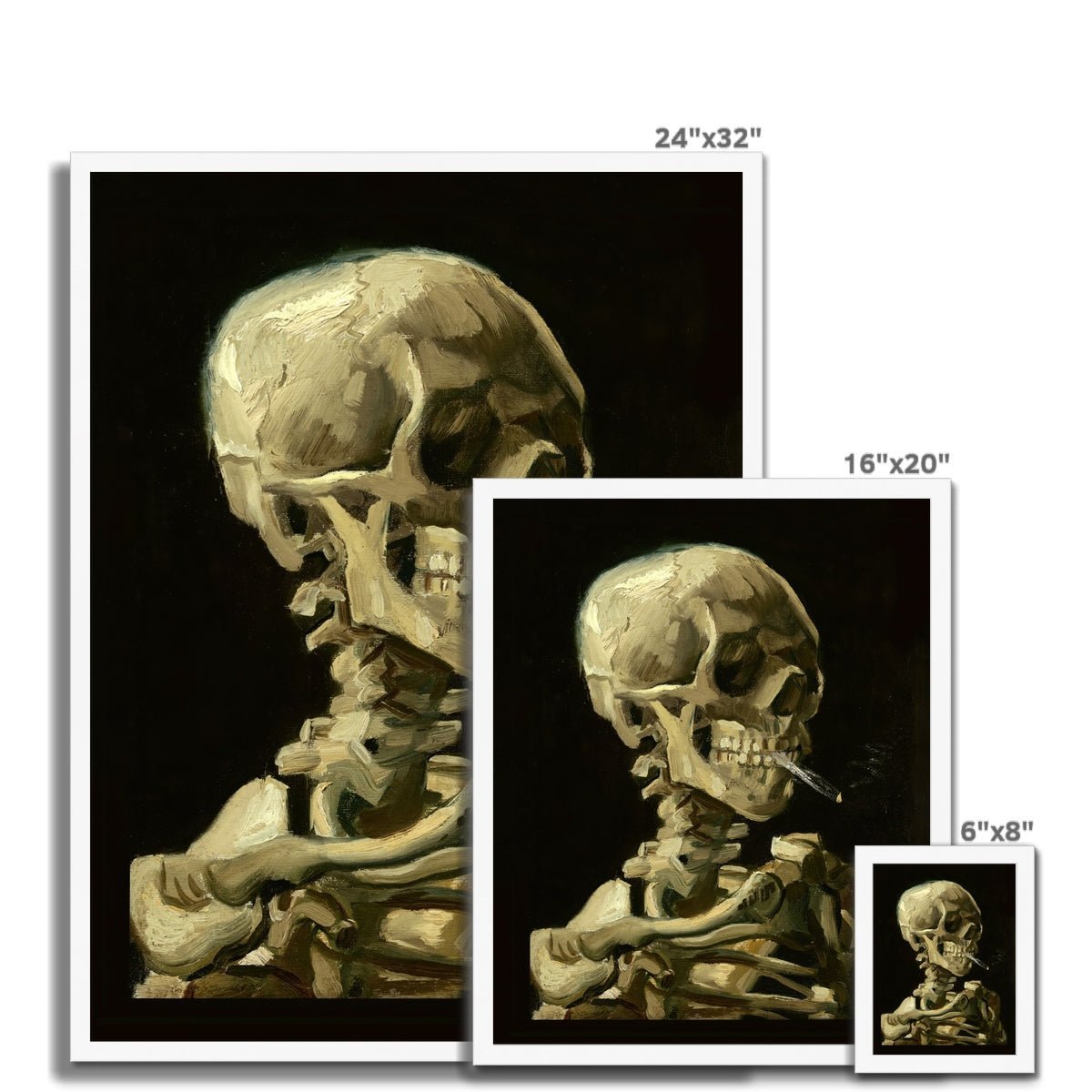
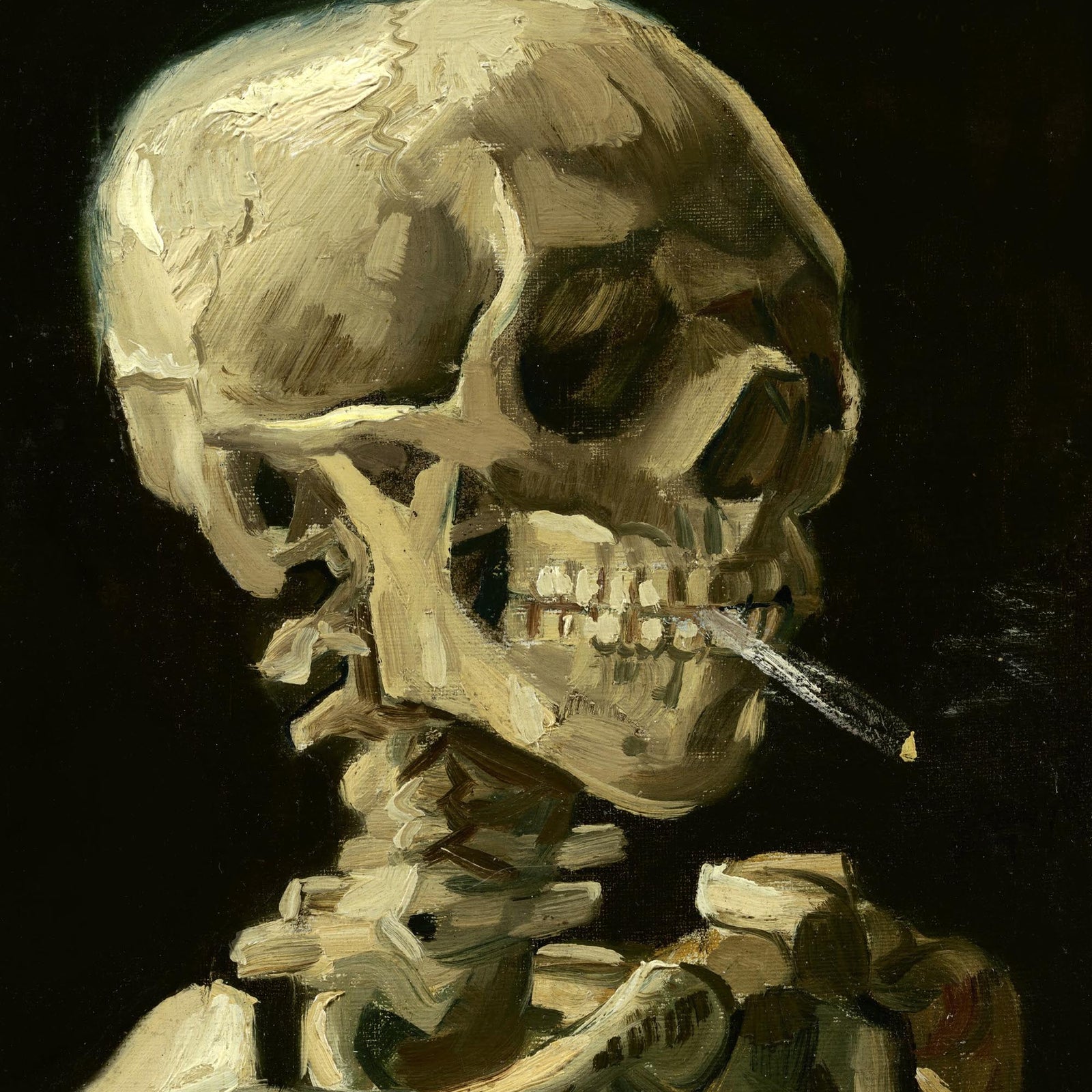
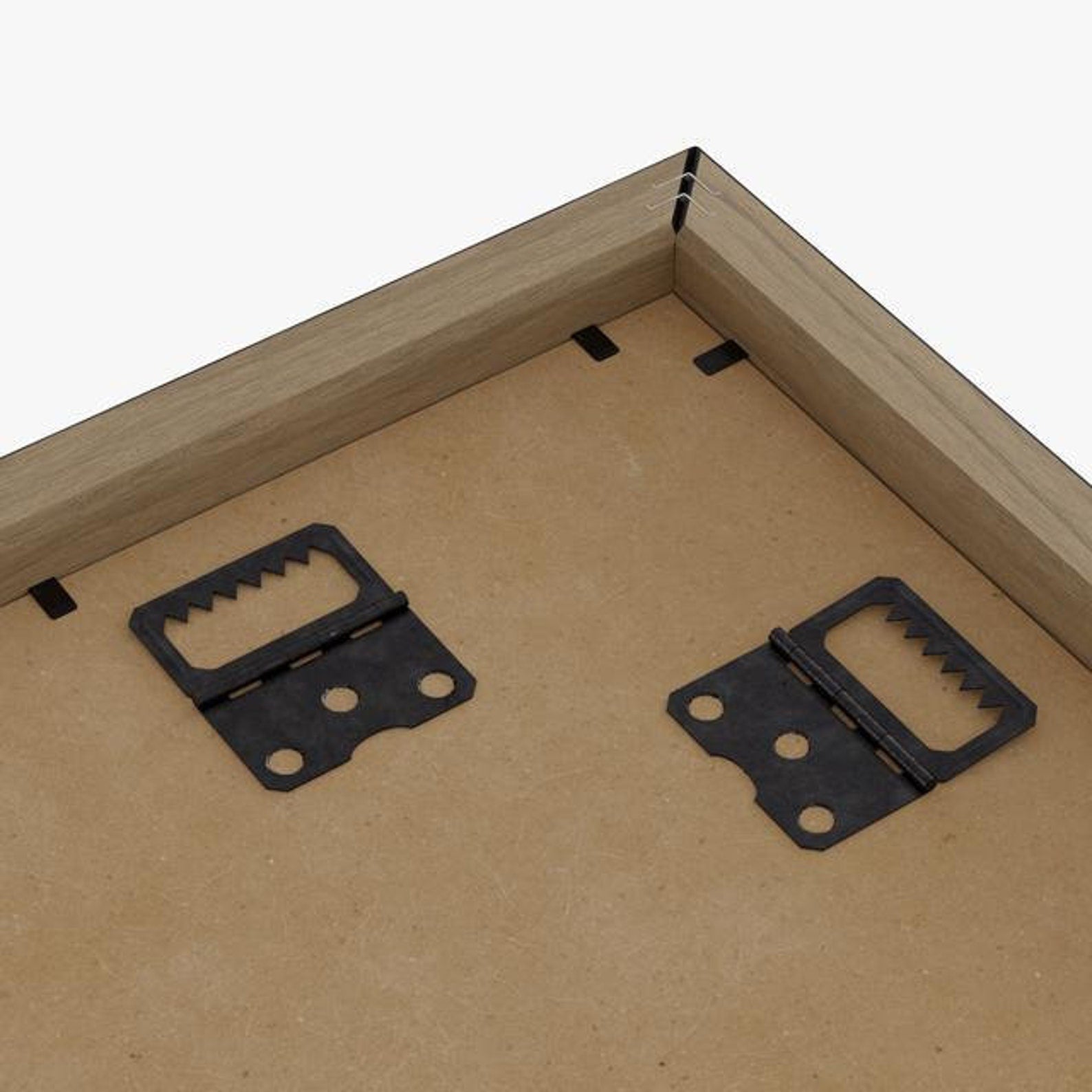
Framed Spliff Skeleton Skull Smoking Cannabis Weed 420, Pot, Herb, Ganja, Marijuana, Stoner, Pothead Van Gogh Weed Framed Print
In Stock
$33.99 - $107.99

Van Gogh painted this work in early 1886, while studying at the art academy in Antwerp. There is evidence to suggest that van Gogh was a frequent 420 user during his lifetime. In a letter to his brother Theo, van Gogh wrote, "Well, I am not in the least crazy, but it is true that I am not entirely normal either. I am very much on edge, I find it difficult to keep my balance, and I have taken up smoking as a means of calming my nerves."
In a letter to his friend Paul Gauguin, van Gogh wrote, "I am working on a portrait of the people at the brothel, and in the evening I smoke a pipe of hashish. The effect is to make the colors more brilliant." Here, Van Gogh seems to be suggesting that cannabis helped him to see the world in a more vibrant and colorful way, which may have influenced the way he depicted it in his paintings.
You'll receive a framed, heavyweight, giclée, acid-free print that's created to last for generations.
• Ready to hang. Handmade by expert picture framers
• Printed using eco-friendly, water-based inks
• Milled, high-quality wood with a satin finish
• Giclée, museum quality (200gsm), acid-free paper
• Hanging hardware and acrylic front-protector is included
➤ DIGITAL-RESTORATION ART
We specialize in digital recreations of vintage sacred and surreal art. Each work is a handmade digital restoration of the original image, not a pixellated copy of an Internet image that some other vendors may sell. We provide high-quality, clean digital restorations — true to the original — with great attention to detail.
...
More details: Van Gogh's smoking skeleton painting is one of his most macabre and mysterious works. Van Gogh may have painted this skeleton as a satirical comment on the conservative and rigid academic practices. He may have also been influenced by other artists who used skulls and skeletons as motifs, such as Hercules Segers, Félicien Rops, and James Ensor.

Collections: Framed Art Prints














